
Do you have game cards or game books to share?
BASC’s research team are working with the University of Exeter to look into the changes in game bags over time.
Get information on the legal shooting season for mammals and birds in the UK.
Learn about our current conservation projects and how you can get involved.
Comprehensive information and advice from our specialist firearms team.
Everything you need to know about shotgun, rifle and airgun ammunition.
Find our up-to-date information, advice and links to government resources.
Everything you need to know on firearms law and licensing.
All the latest news and advice on general licences and how they affect you.
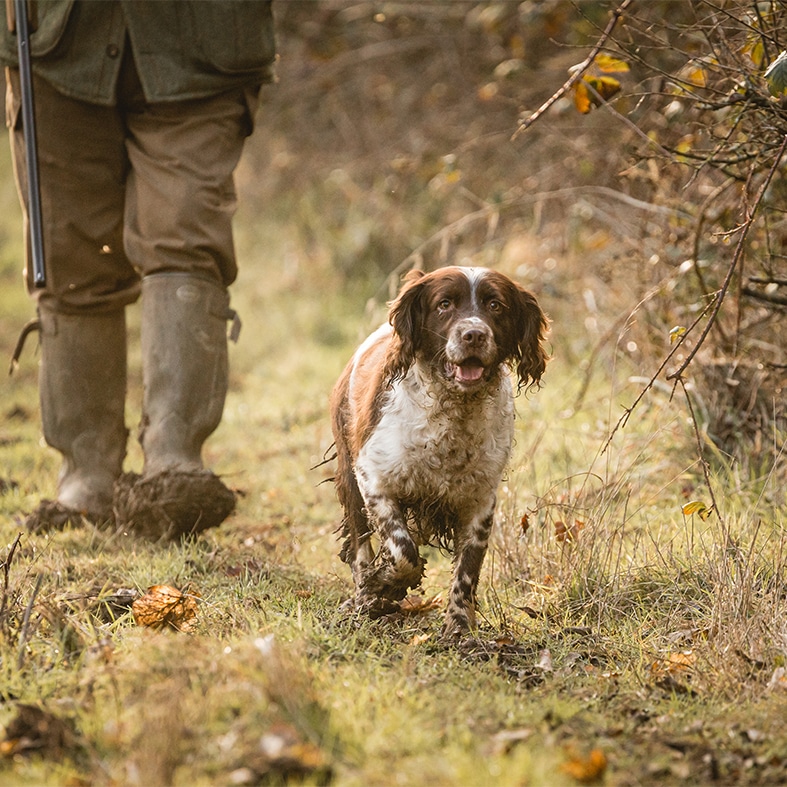

Rough shooting can mean different things to different people. For Will Pocklington it is the purest form of sport to be had with a shotgun – but what qualities define an exemplary rough shooter?
It’s a heady and captivating cocktail of ingredients that sets rough shooting apart. And when I sit back and chew over each one, in the comfort of a sun-filled office, I realise how many of them relate to a thorough sense of hard-earned reward; as with all the best things in life, you’ve got to work for the real magic.
The conditions are often harsh. Quick to change, too… In a matter of minutes, burrowing, biting cold can give way to the kind of warmth only known to those who’ve worn too many layers while trailing a gutsy spaniel in the thickest of thickets. Banks, bog and dykes, acres to cover, a pick-your-knees-up-and-wade-through-it affair – rough shooting is steeped in physicality and unpredictability. But when you get it right…
The anticipation, on the best sort of days, is as rich as the briars are unforgiving. ‘What ifs’ abound. The allure is in the unknown.
It is our quarry that make it so. When rough shooting, we’re pitting our wits against birds and beasts that don’t follow a script. Instead, they act on instinct and capitalise on an unfathomable familiarity with their surroundings. We may have watched these animals throughout the year – courting, breeding, finding new feeding grounds or territories; we might have waited for their return from lands far away. We’re often actively involved in improving their prospects. And we forever yearn to learn more about them. So when the time comes to share their domain in pursuit of the best wild food going, it’s always with an appreciation of the bigger picture and an unwaning will to do the whole thing justice. How can we do that? I guess as good a question to ask, is what qualities define an exemplary rough shooter? I quizzed a few likeminded colleagues…
Safety is the only place to start; that was the overwhelming consensus. After all, it’s one thing standing by a peg with clear skies overhead and a permanent safe arc of fire that can be established at the start of a drive, but another entirely walking as part of a team in undulating terrain, with a skyline that rarely stays put and a quarry that might appear from any direction.
“The mighty ‘armed ramble’ is where many people enjoy their introduction to shooting game – it teaches fieldcraft, but it also reinforces safety at the highest level,” said BASC North director Duncan Thomas. “The situation is constantly evolving when you’re rough shooting, and you can’t afford to get caught up in the moment.
“Muzzle awareness is key. When I began shooting, I carried an empty gun for the first season. Only in exceptional circumstances was I allowed a cartridge. I insisted on the same initiation for our son; once he had shown that he could handle a gun safely, and that he knew when to break and unload his gun, he too had the privilege of joining the team ‘fully armed’.”
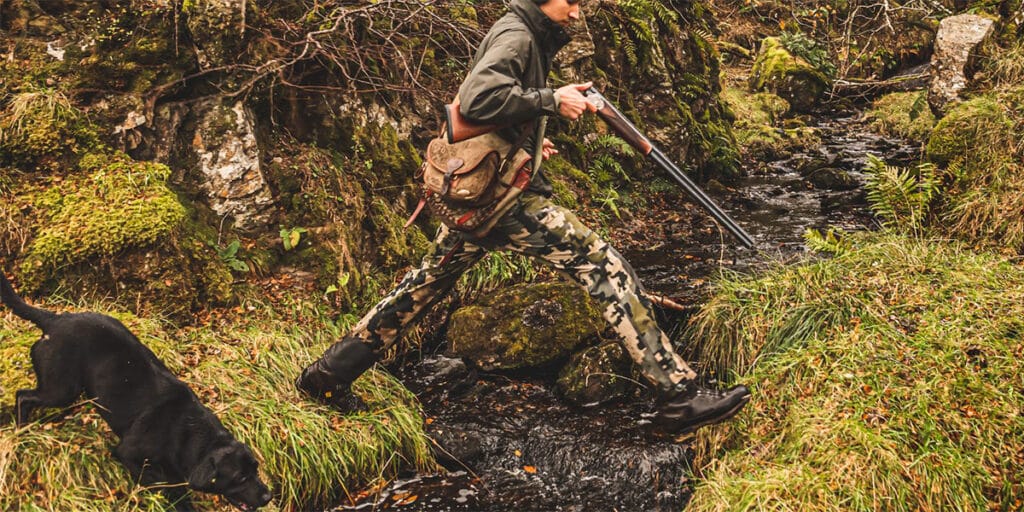
On a broader level, you could say a high degree of awareness is common among the rough shooting elite. And that might, according to Richard Fussell, a training and development officer at BASC, apply to any number of things beyond remaining safe. “We’re talking about someone with an acute awareness of their quarry’s habits and behaviours, of their own ability with a shotgun, and, where other people are concerned, of their own place as part of a wider effort,” he explained.
Richard’s first point takes me back to the patch of paradise I’d visit with my dad and three brothers as a teenager. It was there – between the two blocks of woodland linked by thick hedges, boggy grass corners, ditches and small weedy stubble fields – that I was first struck by the value of such knowledge.
Over time we came to know which side of the old, thorn-flanked green lane the pheasants would most likely jump when spooked by the dog, or where to stand and wait for pigeons as they came in to roost, or the flightlines of greylag geese and woodcock in the gloaming. We figured out how to approach a drain and give ourselves the best chance of a shot at teal or mallard. And how to tell a common snipe from its smaller, protected cousin. Learning about our quarry was central to the obsession, even at that age. And it’s a thirst that never really fades.
When it comes to the shot itself, whether we’re prepared to admit it or not, we all want to perform well. But we must also be honest. “If you’re aware of your own capabilities with a gun,” suggested Richard, “you can do your best to get into a position where you are more likely to account for your quarry cleanly, and you’ll know when not to raise your gun.”
Understanding when to leave a bird for a fellow Gun is critical, too. As Duncan was quick to point out, an average bird can become an exceptional one for someone further away or down the line. Plus, you’ll enjoy it more if you shoot well. No one likes to prick birds, and searching for any quarry that has been shot but is still mobile can take up a lot of time.
Preparation, Richard reckons, is central to straight shooting. And he doesn’t just mean lessons at the local clay ground during the close season. “Preparation, for me, means everything from making sure your kit suits the conditions, so you’re able to shoot without hindrance, to putting yourself in the right spot to address a bird, whether it is flushed or flighted. Of course, it helps an enormous amount if you can read what the dogs are doing, too.”
The dogs… Without them we’d be lost, it would all be impossible. We rely on their noses and athleticism as much as we appreciate their boundless energy and enthusiasm. Terry Behan, BASC East director, remembers well his father’s frequent instructions to “watch the dogs” when he was younger and they’d walk up hedgerows together, their springer hunting methodically for tucked-up game.
“I’ve learnt over the years,” he said, “that the more in tune you are with your dog, and the better you can read dogs in general, the more successful you will be when rough shooting. By getting to know how a dog’s body language changes when it is onto something, you will be able to anticipate a bird flushing or a rabbit bolting, and that heads up, those few seconds of warning, can make a real difference to both your chances and the bag at the end of the day.”
Duncan, meanwhile, places great emphasis on choosing the right dog for the job at hand. “There’s nothing worse than a serial runner-in or a dog that valiantly retrieves everyone else’s game for you to carry,” he laughed. “But a good game-finder that can work on its own initiative, and without constant direction, is invaluable.”
It’s a valid point and relates to two further factors raised by Vicky Chesters, BASC’s social media officer. “If we’re going to give our dogs the best chance of finding shot game, marking it down accurately is vital,” she offered. “Watch any good Shot and they always prioritise marking a bird down over using another cartridge for a second bird. Besides, poor marking can translate to a long time searching, which can really impact the flow of a day.
“Then, I suppose, it’s all about having the trust in our dogs to do their thing and use their greatest assets,” continued Vicky. “How many times have you watched a dog be pulled away from an area by a handler who is convinced they know better, only for the bird to be picked by another dog from that same spot?”
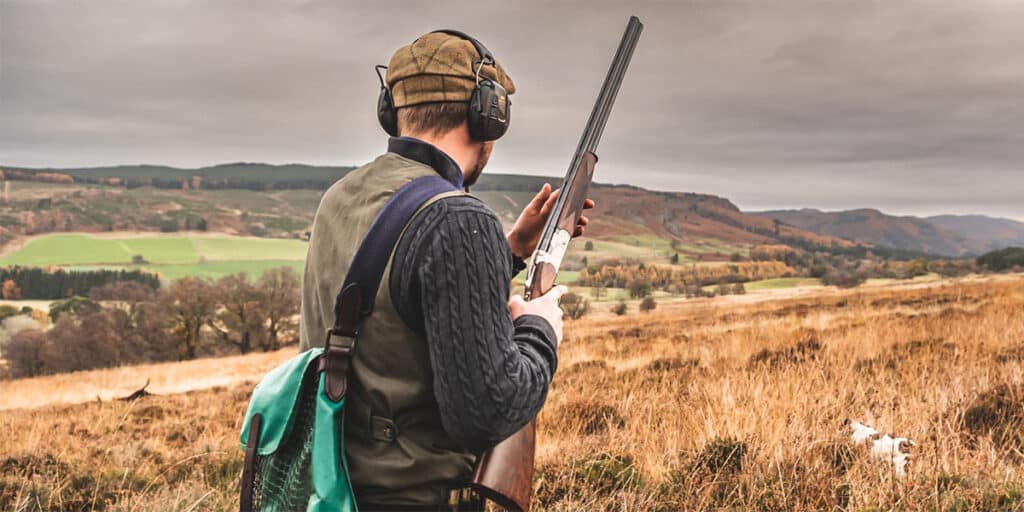
Of course, ‘rough shooting’ is a nuanced term in that it could mean a dozen Guns walking in a line and covering miles of ground, and it could mean one or two people ambushing splashes and spinneys and seeing what happens. Still, you might argue that working well with other people is critical. And Richard wouldn’t argue with you. “Interacting with other Guns, the keeper, and anyone who may be beating or picking up,” he added, “is central to the enjoyment and ensuring everything runs as smoothly as it can.
“As far as helping a day run smoothly goes, a good level of fitness shouldn’t be overlooked either. Granted, you should never feel rushed, but you don’t want to be holding people up – or exhausted, puffing and panting when an opportunity does arise.”
Between Duncan, Richard, Terry and Vicky, a medley of other suggestions were thrown into the melting pot – some serious, some humorous, some unprintable. We discussed the need to respect others’ property when crossing fences or using gates; we reflected on mistakes made – like forgetting a game bag and shooting a hare early doors, a mile from the vehicles; and we got lost for a few minutes in a food-filled reverie, remembering hard-won dishes from seasons past. To me, this is the purest form of sport to be had with a shotgun, and it will always be with great fondness that I look back on the times spent in fine company, with tired legs and dogs, a tin of sandwiches and a flask of tea, chasing a mixed bag for the table.

BASC’s research team are working with the University of Exeter to look into the changes in game bags over time.
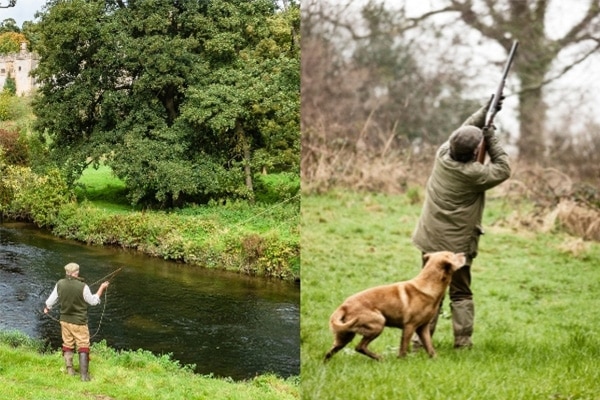
BASC has joined forces with the Angling Trust to lobby on the upcoming Animal Welfare (Sentience) Bill, highlighting the potential impact the law could have on sustainable shooting and angling.
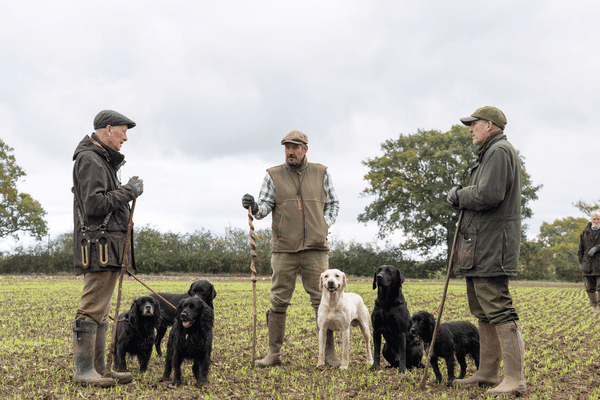
BASC President Lord Geoffrey Dear looks ahead to the start of the pheasant season.
Sign up to our weekly newsletter and get all the latest updates straight to your inbox.
© 2023 British Association for Shooting and Conservation. Registered Office: Marford Mill, Rossett, Wrexham, LL12 0HL – Registered Society No: 28488R. BASC is a trading name of the British Association for Shooting and Conservation Limited which is authorised and regulated by the Financial Conduct Authority (FCA) under firm reference number 311937.
If you have any questions or complaints about your BASC membership insurance cover, please email us. More information about resolving complaints can be found on the FCA website or on the EU ODR platform.
This website uses cookies so that we can provide you with the best user experience possible. Cookie information is stored in your browser and performs functions such as recognising you when you return to our website and helping our team to understand which sections of the website you find most interesting and useful.
Strictly Necessary Cookie should be enabled at all times so that we can save your preferences for cookie settings.
If you disable this cookie, we will not be able to save your preferences. This means that every time you visit this website you will need to enable or disable cookies again.
This website uses Google Analytics to collect anonymous information such as the number of visitors to the site, and the most popular pages.
Keeping this cookie enabled helps us to improve our website.
Please enable Strictly Necessary Cookies first so that we can save your preferences!
More information about our Cookie Policy